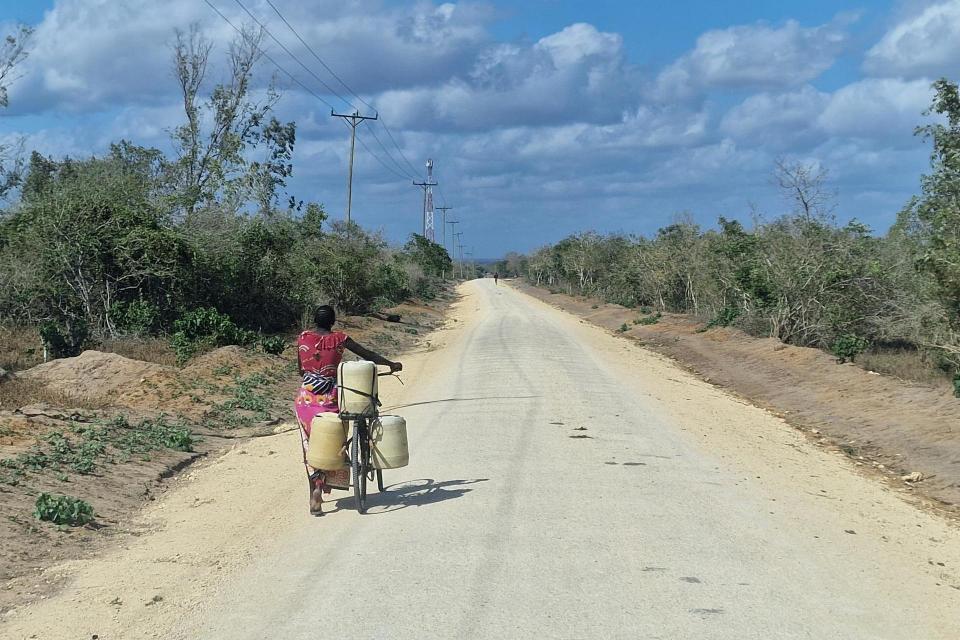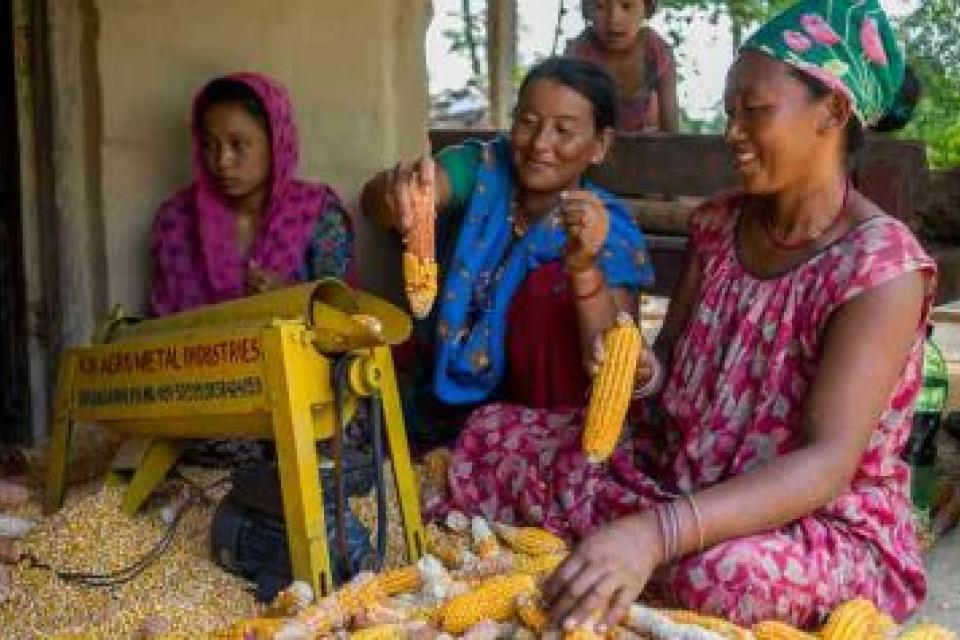New learning resources place equity at the heart of water-energy-food-ecosystem nexus management
 Photo: Nabin Baral/IWMI
Photo: Nabin Baral/IWMI
Imagine a rural community with limited access to water. Now imagine several of the local community members. One is a stay-at-home wife and mother who does not own a mobile phone. Her husband is an illiterate farmer who relies on rain to water his crops. Another is a well-off, educated male farmer who owns his own farmland with easy access to clean water. The last is an illiterate widow who does not have her own income and has no access to electricity. She lives in an area with limited and low-quality water, and she must walk several kilometers daily on foot to collect water and fuelwood for her household.
Now ask yourself: of these people, who will be able to receive and read a text alert about flooding about to hit their area? If there is a prolonged drought impacting agriculture, whose livelihood and food security will be negatively impacted?
What if a hydropower dam is going to be built upstream from the community in an area used by farmers and pastoralists from a local ethnic minority? The dam will greatly impact watersheds and flooding patterns, including on agricultural land, but it will provide much-needed energy to the area. Who will benefit, who will struggle, and who will have an influential say in where and whether the dam is built?

